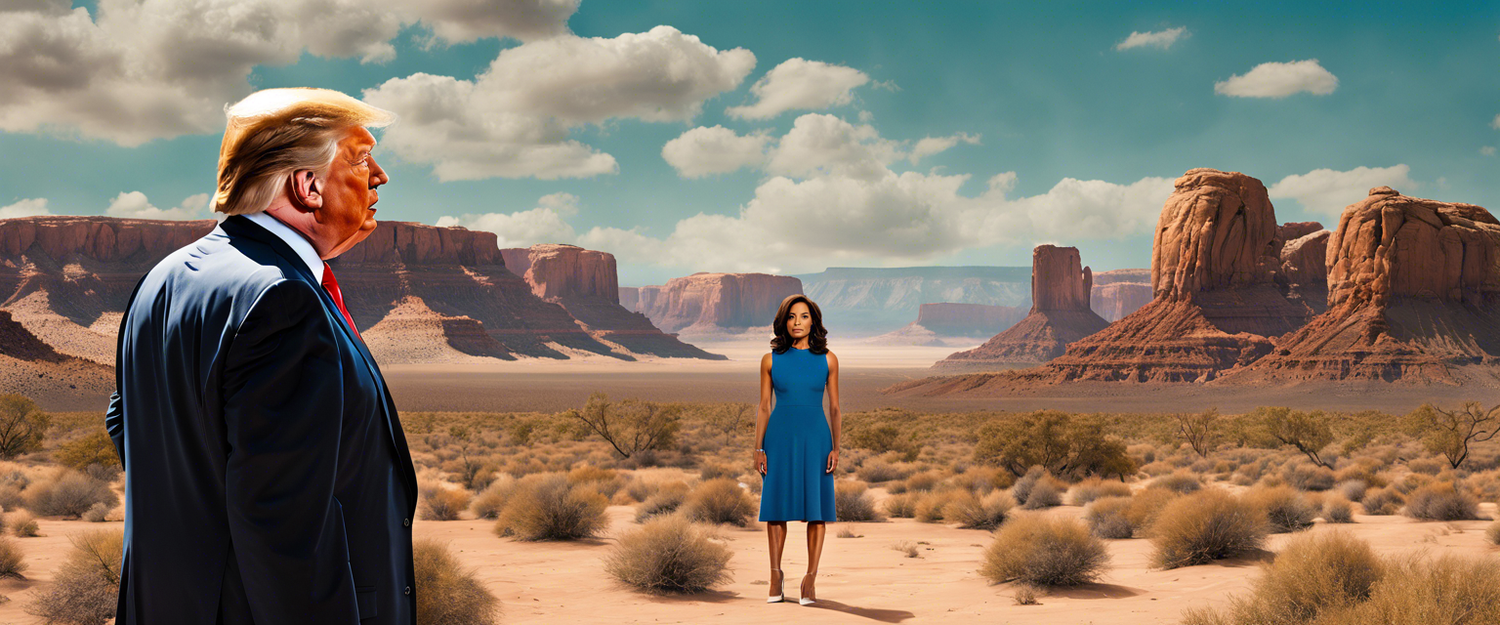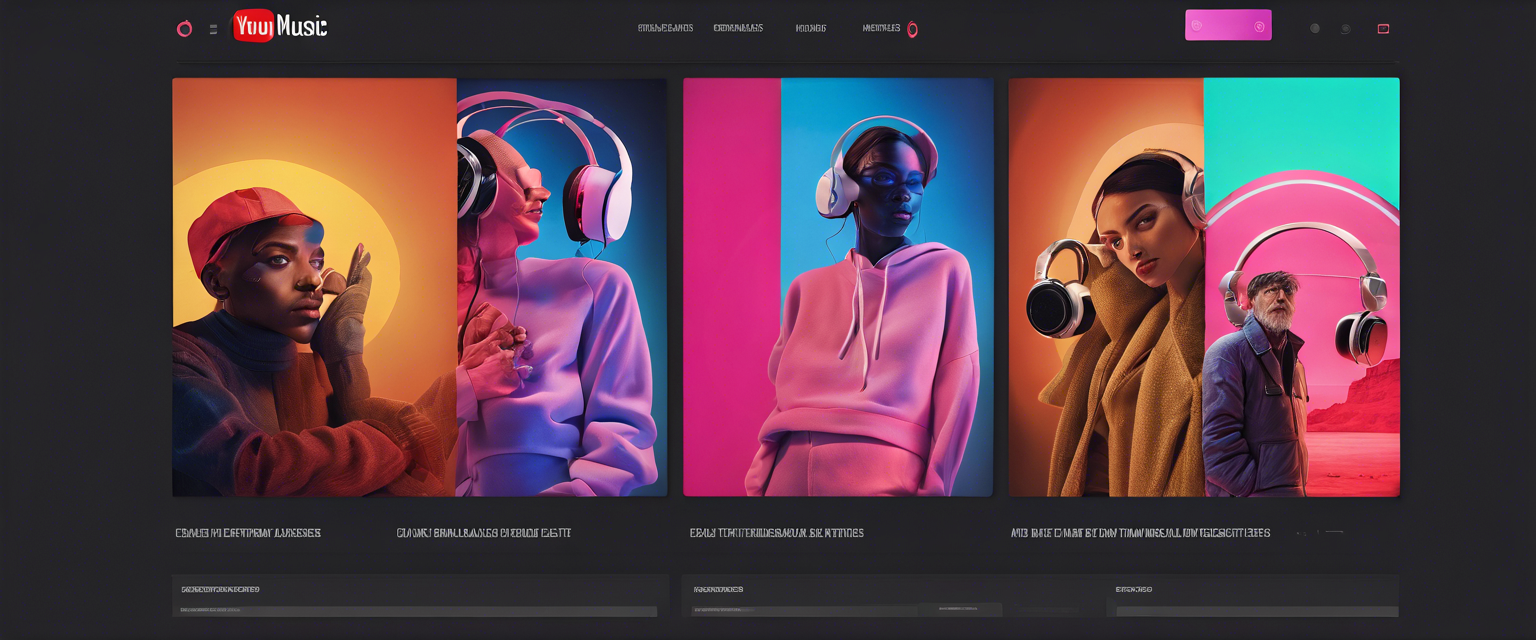Trump's Baseless Accusations Against Kamala Harris: A Deep Dive
Former President Donald Trump has once again stirred controversy, this time by accusing Vice President Kamala Harris of manipulating a rally image using artificial intelligence. In a post on his platform, Truth Social, Trump claimed that Harris had "cheated" by creating a false impression of crowds at a recent rally at Detroit Metro Airport.
The Allegations Explained
On August 7th, Trump shared an image from the rally showing Air Force Two alongside a seemingly large crowd holding Harris-Walz signs. He claimed, "There was nobody at the plane, and she ‘A.I.’d’ it, and showed a massive ‘crowd’ of so-called followers, BUT THEY DIDN’T EXIST!" This assertion, however, contradicts reports from local news outlets.
Fact-Checking the Rally Attendance
Local news site MLive reported that the rally actually attracted around 15,000 attendees, with crowds stretching onto the tarmac to greet Harris as she arrived. Various angles of the event captured the enthusiastic turnout, which was validated by fact-checking platforms like Snopes. AI-detection tools confirmed that the image shared by Trump was more likely a genuine representation of the event.
Origin of the Image
Interestingly, the image Trump criticized did not originate from Harris's campaign. According to NY1, a video editor connected to a Democratic super PAC shared the image shortly after the event, indicating that it had already gained traction online before Trump made his remarks.
The AI Debate in Politics
While it is true that social media platforms are grappling with the challenges posed by AI-generated content, Trump's claims seem to serve as a tactic to undermine factual narratives. This is not the first time such assertions have surfaced in political discourse. For instance, in previous cases, legal representatives claimed that manipulating videos through tools like pinch-to-zoom could distort their authenticity, a point raised in the Kyle Rittenhouse trial.
Trump's Obsession with Crowd Sizes
Trump has a history of fixating on crowd sizes. Following his inauguration in 2017, his press secretary controversially stated that it was the largest audience to witness an inauguration, despite clear evidence to the contrary. More recently, Trump has made false claims about the attendance at the January 6th rally, suggesting that it was comparable to the historic 1963 March on Washington.
Political Ramifications and Responses
Trump's AI accusations align with a broader narrative aiming to discredit the Democratic party's electoral integrity. He argues that Harris's alleged use of AI imagery constitutes election interference. However, regulatory bodies are still adapting to the implications of AI in political campaigning. In response to Trump's attacks, the Harris campaign promptly shared the evidence of the actual crowd size, challenging Trump's credibility.
Conclusion: Navigating AI in Political Discourse
As artificial intelligence continues to evolve, its impact on political communication and public perception is profound. The controversies surrounding image manipulation not only highlight the need for transparency in political campaigning but also emphasize the importance of factual reporting. As institutions grapple with these advancements, they must also address how such technologies are employed in public life.



Оставить комментарий
Все комментарии перед публикацией проверяются.
Этот веб-сайт защищается hCaptcha. Применяются Политика конфиденциальности и Условия использования hCaptcha.